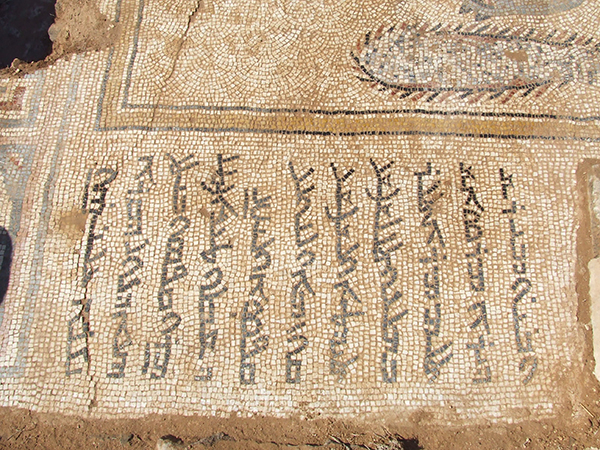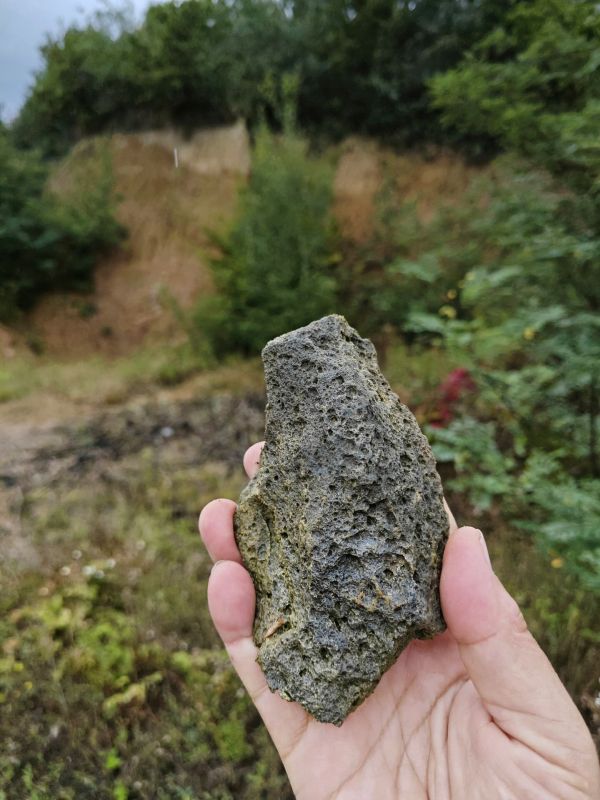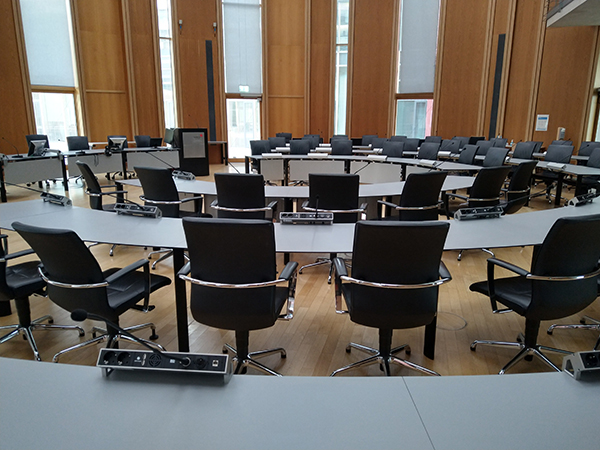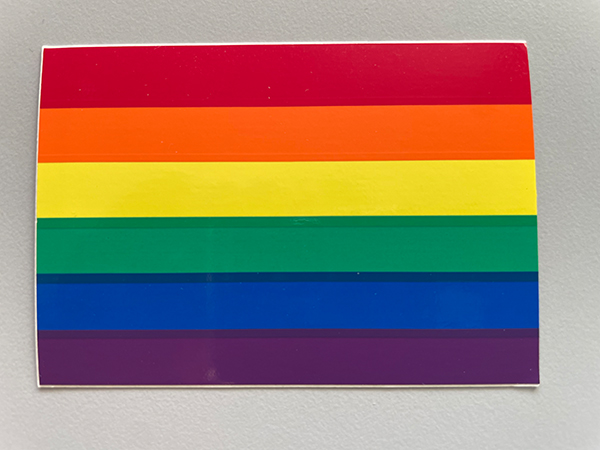By Youssef and Majd Kanjou and Michael Seifert
Everyone knows that the official language in Syria is Arabic. Historians, however, speak of ancient sources in Syriac.
What is it about this mysterious Syriac language, spoken by only a few, for which there is a word of its own in Arabic (Siriani) which, unlike in German, is different from the name of the nationality (Syria)? tünews INTERNATIONAL spoke about this with the Syrian expert on Aramaic history and linguistics Jabagh Kablou. He was a professor at the University of Damascus until 2016 and now works as a scholarship holder at the University of Jena.
Jabagh Kablou explains: “In Syria, as in the other countries of the Near East, there was linguistic diversity before the arrival of Islam in the 7th century AD, with two important groups, that of the indigenous population and that of the occupiers of the Eastern Roman/Byzantine Empire. The language of the population was, on the one hand, the Aramaic language with its various dialects, including Syriac. On the other hand, the Arabic language: many studies point to the presence of Arab tribes in various places in Syria in pre-Islamic times. The language of the ruling occupiers and their administration was Greek.”
Arabic and Aramaic belong to one language family, the so-called Semitic language family. Therefore, there are many similarities between them in vocabulary and grammar, says Kablou. It is therefore not permissible to say that all these common features were adopted from the Aramaic languages into Arabic.
Kablou explains the relationship between Aramaic and Syriac as follows: “Towards the end of the first millennium BC, there were two main groups of the Aramaic language: in the East and in the West. The Syriac Aramaic dialects are attributed to the eastern group. Syriac can be said to represent an advanced stage of the ancient Aramaic language.”
The further development of the languages is determined by the Islamisation of Syria. The use of the Greek language largely declined. “Above all, the Arabisation of the bureaucracy led to the final disappearance of the Greek language from the life of the Syrians. Aramaic and its dialects remained in use, especially in the countryside. But with the conversion of most of the population to Islam, the need arose to learn Arabic: to practise the religious rites and to be able to communicate with the official Arab authorities. Many therefore abandoned the use of their dialects and switched to Arabic. But a small part of the population stuck to their original languages, mainly Syriac in the north-eastern regions of Syria and Aramaic in the three villages north of Damascus, namely Maaloula, Bakhaa and Jaba’in.”
The predominant language in Syria today is Arabic, with Kurdish in second place. And then there are groups who speak Syriac, Aramaic, Armenian, Circassian and Turkish as their mother tongue.
Western Aramaic, by the way, was the mother tongue of Jesus, according to Wikipedia. According to one estimate, only 500,000 to 800,000 people, Muslims and Christians in the Near East and worldwide, speak Aramaic today.
The question of the oldest language on Syriac soil or at all does not only occupy scholars. For Muslims, it is clear from religious conviction, as our expert Kablou explains: “According to an ahadith of the Messenger Mohammed, the language of the people in Paradise is Arabic. So Adam, as the first man, before he was expelled from Paradise, must also have spoken Arabic with his wife Eve.” Diplomatically, Kablou adds, one might find followers of another faith who say otherwise.
As a scientist, he considers the oldest known languages to be those with the oldest surviving texts, that is, the ancient Egyptian language alongside Sumerian and Akkadian. “Certainly there were peoples who existed and spoke before that, but no written texts have survived. Therefore, scientifically, the question of the oldest language must remain an open question.”
tun22062102
Ältester bekannter Text in syrischer Schrift (406 nach Christus) auf dem Boden einer Kirche. Er wurde 2007 von Youssef Kanjou im Dorf Al-Nabgha in Nordsyrien entdeckt. Foto: tünews INTERNATIONAL / Youssef Kanjou.
001601




